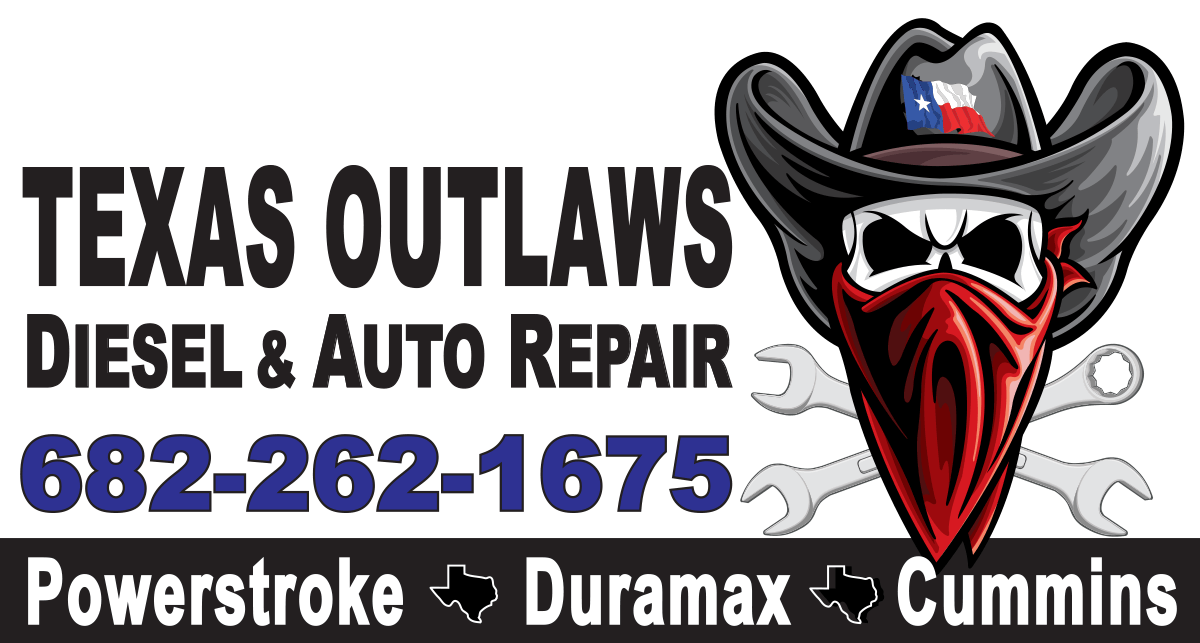
Wheel bearings are what allow your wheels and tires to roll down the road with minimal resistance. They typically ride on a spindle, with each wheel having one bearing and a seal to maintain clean lubrication. Operating properly, there is no noise or vibration, and no signs of lost lubrication.
Servicing your vehicle
When servicing other components, the hubs or rotors containing the wheel bearing must be removed from the vehicle. This allows an opportunity for inspection, but it can also increase the potential for contamination. It is considered to be a “best practice” to clean and lubricate wheel bearings when a hub or rotor is removed from a vehicle. If there are signs of heat, or if metal shavings are seen, then the bearing MUST be replaced. If not replaced, a failing wheel bearing will cause damage to numerous other parts in the same general location when it finally fails.
Wheel bearing noises
Though rare, a failing wheel bearing will make noise that increases with the speed of the vehicle, although on some older vehicles a bearing can fail with no warning. Fords from the 1960s and 1970s used the bearing to hold in the drive axle, and there are many stories of axles coming out of vehicles on these older designs. Luckily, today, this isn’t a concern.
If you see odd tire wear on just one tire, or hear a noise that you suspect might be a wheel bearing get in touch with us. There’s no reason for confusion; let us help you get your bearings and let’s find the issue! Our technicians are experts in all the systems your vehicle needs to operate efficiently and economically, and once we know your specific issue we’ll let you know what’s required to get you back on the road safely and quickly.
